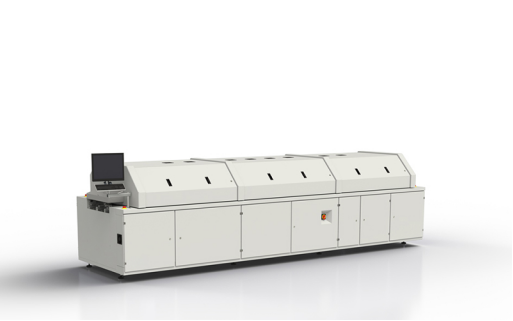Temperature distribution of reflow soldering
Release time:2024-05-31Publisher:Jeenoce
The temperature distribution curve of reflow soldering determines the time and temperature cycle of reflow soldering, which directly affects the welding quality. The general temperature distribution is related to the characteristics of the circuit board, the characteristics of the solder paste, and the ability of the reflow soldering furnace. And solder paste is mainly composed of tin powder and flux. In the temperature distribution curve, 0-tl represents the preheating zone, Tl~t2 are the (insulation) active zones, T2 to t3 are reflux zones, After t3, it is the cooling zone.

1. Preheating zone: used to heat the board, reduce thermal shock, and evaporate volatile substances in the solder paste. By 2. C/S~3. The rate of C/S increases the temperature to 130 ℃.
2. Active area: This area applies heat treatment to the circuit board to improve the activity of the solder, resulting in a uniform distribution of temperature throughout the circuit board and gradually increasing to around 170 ℃.
3. Reflux zone: The temperature of the circuit board rapidly increases, passing through the eutectic point and continuing until 210 ℃~230 ℃. C, It takes about 30 seconds to 60 seconds to complete the test.
4. Cooling zone: The solder powder in the solder paste has melted and wetted the surface to be soldered. Cooling should be carried out as quickly as possible to obtain bright solder joints and have a good appearance. Regularly verify or adjust the temperature curve during production.
The working principle of the reflow soldering furnace temperature zone is to achieve the goal of solder paste melting and cooling healing as reflow soldering points by passing the hot and cold stroke of each temperature range of the reflow soldering furnace when assembling PCB boards on metal mesh or double track conveyor belts.

